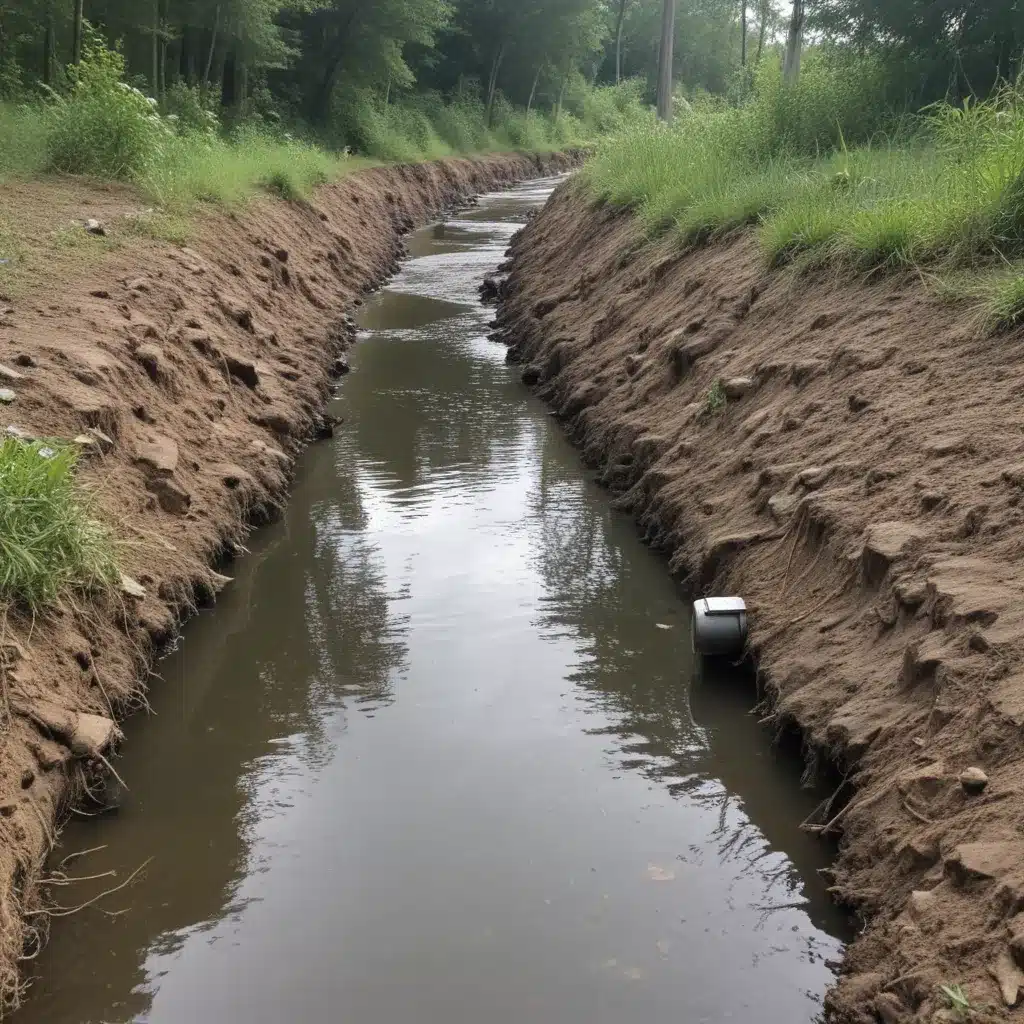After Sewage Backups Re-examined
I’ll never forget the day my kitchen flooded with raw sewage. The stench was enough to make even a seasoned garbage collector like myself gag. As I frantically mopped up the mess, I couldn’t help but wonder – how did we get to this point? And more importantly, how can we prevent this from happening again?
Well, my friends, after much research and a few unpleasant plumbing adventures, I’m here to share what I’ve learned. Get ready for a deep dive into the often-overlooked world of sewage backups. Trust me, this is going to be a wild ride.
Let’s start with the basics. Sewage backups are, quite simply, when the sewage in your pipes decides to make a reverse journey and come back up through your drains. This can happen for a variety of reasons – from a blocked main line to a malfunctioning septic system. And let me tell you, it’s not a pretty sight.
But here’s the kicker: sewage backups aren’t just a nuisance, they can also pose serious health risks. Exposure to raw sewage can lead to all sorts of nasty bacterial infections, not to mention the potential for property damage and even the devaluation of your home. Yikes, right?
Now, the good news is that there are plenty of preventative measures you can take to keep those sewage gremlins at bay. One of the most exciting advancements in this area is the rise of advanced metering technology. Imagine being able to monitor your water usage in real-time, right from your smartphone! This not only helps you catch leaks early, but it also gives you the power to manage your consumption and potentially save on those pesky utility bills.
But wait, there’s more! These advanced meters don’t just benefit the homeowner – they also make the lives of utility companies a whole lot easier. With accurate, timely data on water usage, they can respond to issues faster, improve customer service, and even reduce their carbon footprint by minimizing the need for physical meter readings. It’s a win-win all around!
Of course, no discussion of sewage backups would be complete without addressing the dreaded septic system. These often-forgotten workhorses of the plumbing world require regular maintenance and inspection to keep them functioning properly. And let me tell you, when a septic system goes wrong, it can get real messy, real fast.
That’s why it’s so important to stay on top of things. Regular pumping, proper drainage, and keeping an eye out for any signs of trouble can go a long way in preventing those unfortunate sewage backups. Trust me, you don’t want to be the one dealing with a flooded basement or a yard that looks like a scene from a horror movie.
But let’s not forget about the other culprits behind sewage backups – those pesky blockages in the main lines. Grease, hair, and even the occasional flushed toy can all contribute to these dreaded clogs. And let me tell you, trying to clear a main line blockage is not for the faint of heart. It’s like trying to navigate a maze of sewer pipes while simultaneously holding your breath and trying not to gag.
Fortunately, there are professionals who specialize in this kind of thing. They have the tools, the know-how, and the stomach for the job, which is why it’s always best to call in the experts when you’re dealing with a sewage backup. Trust me, trying to tackle it yourself is a recipe for disaster (and a whole lot of unpleasant cleanup).
So, there you have it, my friends – a comprehensive look at the world of sewage backups and how to keep them at bay. Remember, an ounce of prevention is worth a pound of cure, especially when it comes to your plumbing. Stay vigilant, keep those pipes clear, and for goodness sake, don’t flush anything that doesn’t belong in the toilet!
And if you ever find yourself in a sewage-soaked situation, don’t hesitate to call the team at Adam Cleaning. We’ve seen it all, and we’re here to help you get your home back to its pristine, sewage-free glory.







